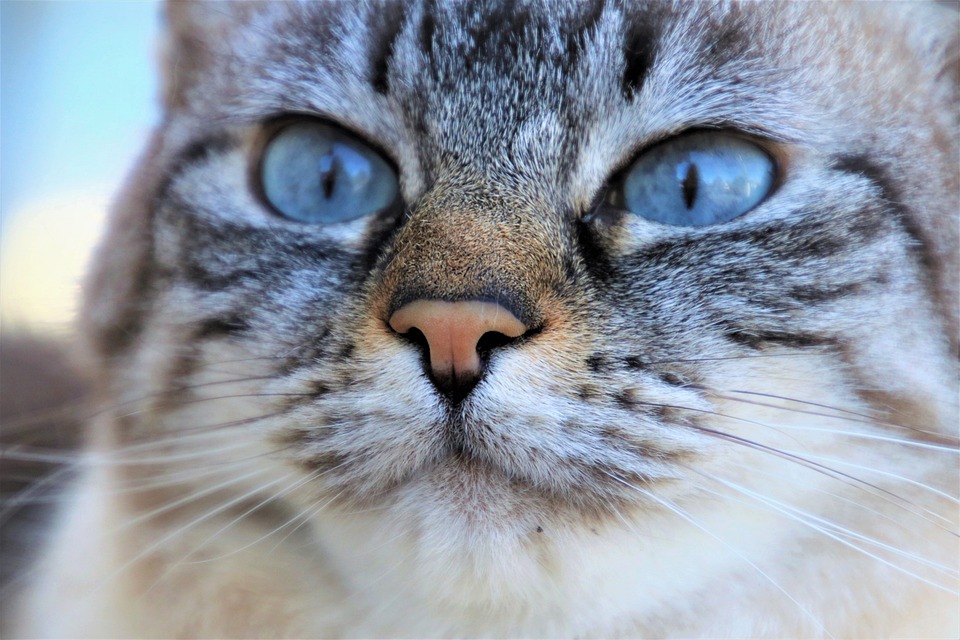When it comes to training cats, one important aspect that is often overlooked is the recall cue. A recall cue is a specific signal or command that prompts a cat to remember and execute a desired behavior. Just like humans, cats rely on their memory to navigate their surroundings and respond to various stimuli. In this article, we will explore the importance of recall cue in cat training and how it aids in memory retrieval.
Recall cue is defined as a prompt that triggers a cat’s memory and prompts them to perform a specific behavior. It is crucial in training because it helps cats remember and associate specific actions with certain cues. This association is the foundation of memory retrieval and helps cats respond to commands and navigate their environment effectively.
The relationship between recall cue and memory retrieval is a mutually beneficial one. Recall cue aids in memory retrieval by strengthening memory associations. When a cat consistently associates a recall cue with a desired behavior, it becomes easier for them to remember and execute that behavior. This is because the recall cue serves as a trigger that activates the memory of the associated behavior.
Recall cue also enhances cognitive functions in cats. By consistently using a recall cue during training sessions, cats are actively engaging their memory and cognitive abilities. This mental stimulation helps keep their minds sharp and agile, ultimately improving their overall cognitive function.
During training sessions, recall cue facilitates memory retrieval by acting as a prompt for cats to recall and execute the desired behavior. When a cat hears the recall cue, they are reminded of the associated behavior they have been trained to perform. This makes training sessions more effective and efficient, as cats are more likely to respond appropriately when prompted with the recall cue.
To establish an effective recall cue, there are several training techniques that can be employed. Firstly, it is important to choose the right recall cue word or signal. The recall cue should be distinct and easily distinguishable from other commands or signals used in training. This helps prevent confusion and ensures that the cat can accurately recall the desired behavior.
Associating positive reinforcement with the recall cue is also crucial. Cats respond well to positive reinforcement, so rewarding them with treats, praise, or playtime when they correctly respond to the recall cue reinforces the association between the cue and the desired behavior.
Consistency and repetition are key in recall cue training. Consistently using the same recall cue and repeating the training sessions regularly helps reinforce the association in the cat’s memory. Gradually increasing distractions during recall training also helps cats learn to respond to the cue in various environments and circumstances.
Now, let’s address some frequently asked questions about recall cue training.
Q: Can recall cue be used to prevent unwanted behaviors?
A: While the primary purpose of recall cue is to prompt desired behaviors, it can also be used to redirect and prevent unwanted behaviors. By associating the recall cue with a positive alternative behavior, you can effectively discourage undesirable actions.
Q: Is it possible to change a recall cue after it has been established?
A: Yes, it is possible to change a recall cue; however, it requires consistent training and gradual transition. Introducing a new recall cue while gradually phasing out the old one can help facilitate a smooth transition.
Q: How long does it take for a cat to learn and respond to a recall cue?
A: The time required for a cat to learn and respond to a recall cue may vary depending on the individual cat’s temperament, age, and previous training experiences. On average, with consistent training, cats can learn to respond to a recall cue within a few weeks to a few months.
Q: Can recall cue training be done with older cats?
A: Absolutely! While cats tend to be more receptive to training during their early years, recall cue training can be successfully implemented with older cats as well. Patience, consistency, and positive reinforcement play key roles in training cats of any age.
In conclusion, recall cue serves as a vital tool in cat training, facilitating memory retrieval and enabling desired behaviors. By understanding the significance of recall cue and implementing effective training techniques, you can establish a strong recall cue that will enhance your cat’s cognitive abilities and ensure their safety. Remember, patience and positive reinforcement are key to successful training outcomes. Happy training!








